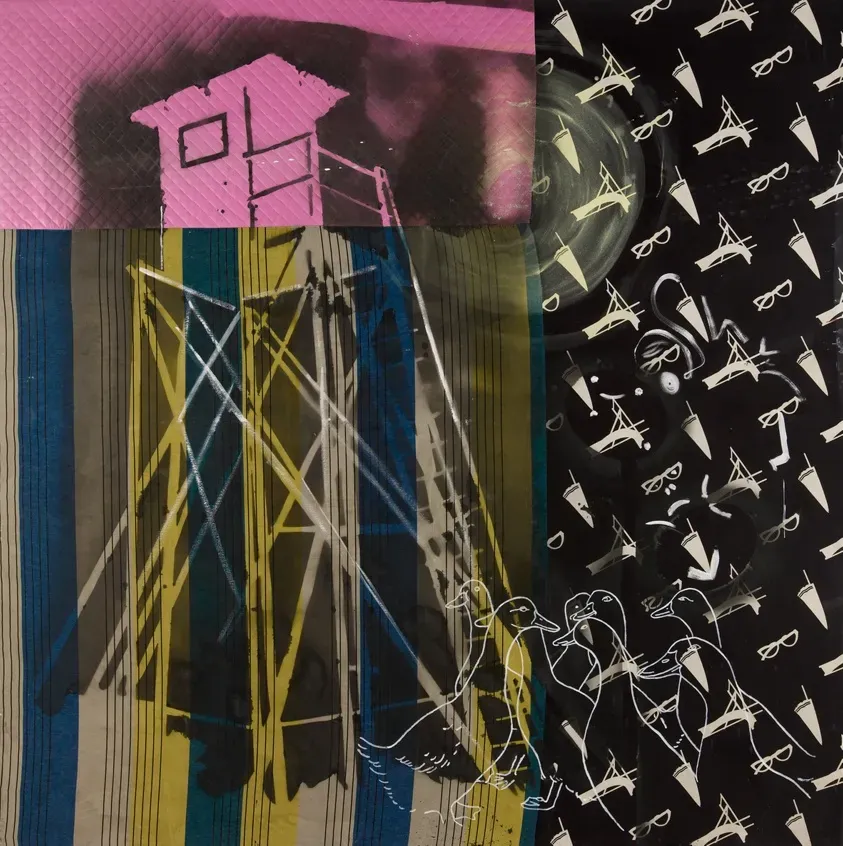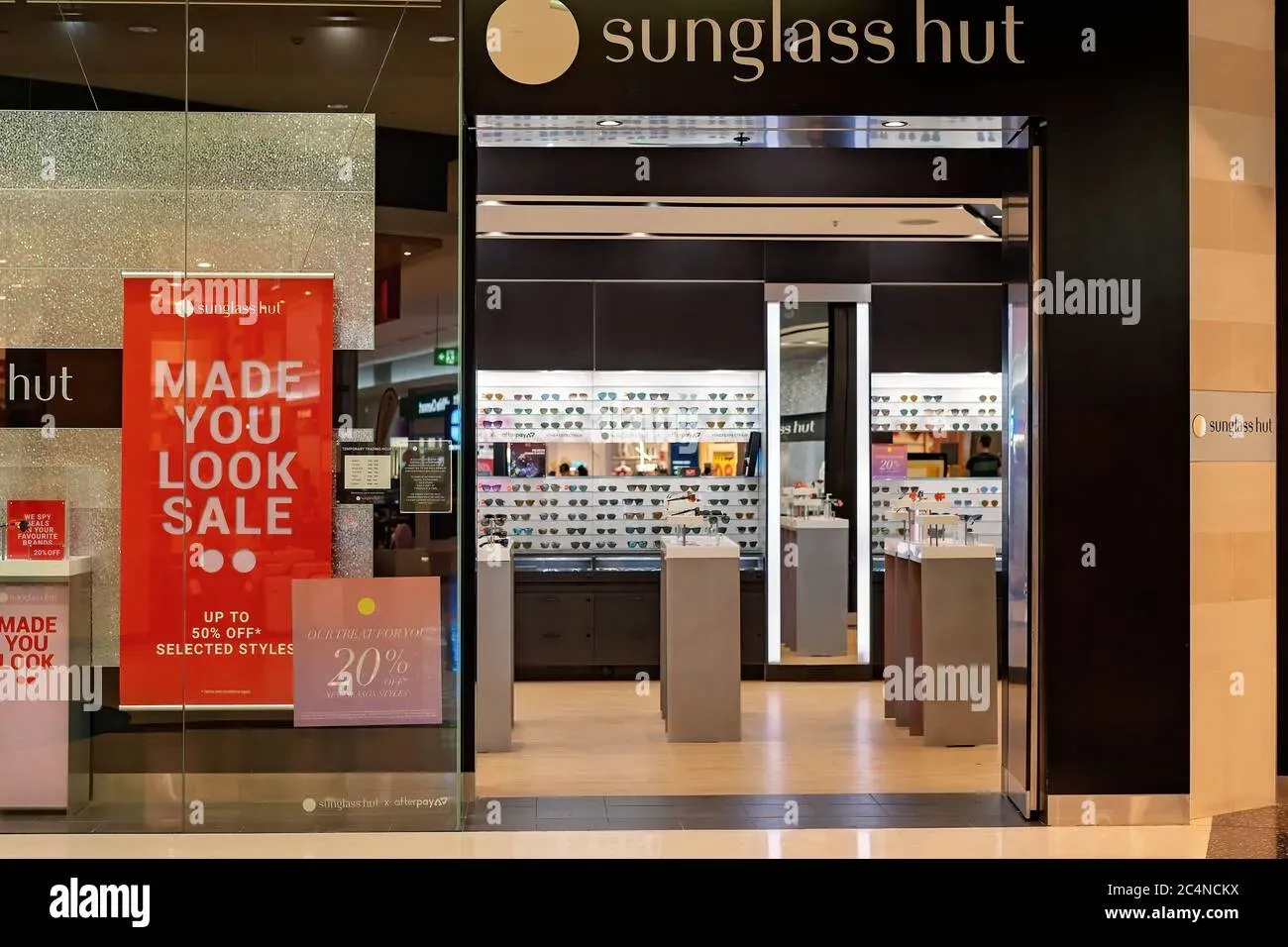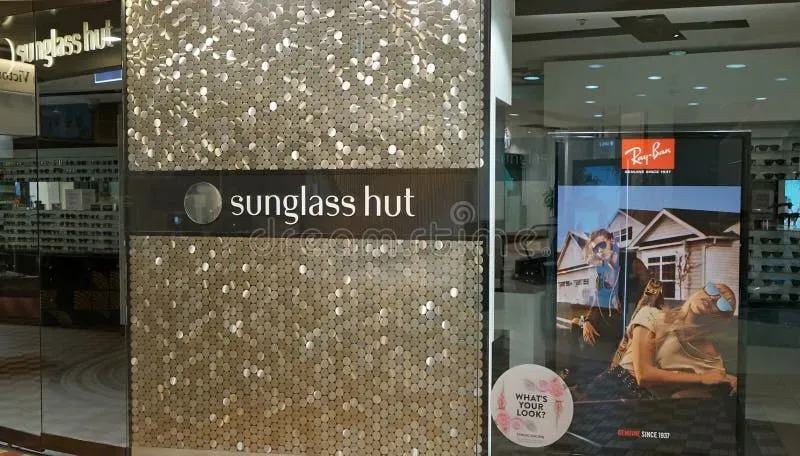Table of Contents
Walk down any major shopping street or through an airport terminal, and you’re likely to spot a Sunglass Hut. They seem to be everywhere, packed with shiny shades from every brand imaginable. This ubiquity often sparks a question for many shoppers, particularly those from Down Under: **is Sunglass Hut an Australian company**? It’s a fair question, given its significant presence there and the distinct connection many Australians feel to beach culture and, well, sunglasses. But the truth about its origins and current status is a bit more layered than a simple yes or no. We're going to peel back the layers of this retail giant's history. Forget the simple assumptions; we'll look at where it actually started, how it grew from a single store into a global phenomenon, and who ultimately calls the shots today. Prepare to find out if those iconic blue doors really represent a piece of Australian retail heritage, or if the story took a different turn somewhere along the way.
Is Sunglass Hut an Australian Company? The Founding Story
Is Sunglass Hut an Australian Company? The Founding Story
Where the Sun First Shone on Sunglass Hut
So, you're digging into the history of Sunglass Hut, wondering, "is Sunglass Hut an Australian company?" It's a common misconception, but the story actually starts far from Bondi Beach or the Great Barrier Reef. The very first Sunglass Hut store opened its doors not in Sydney or Melbourne, but in Miami, Florida. That was back in 1971. This wasn't some grand corporate launch; it was a small kiosk in a shopping mall. Think less sleek, modern retail space and more a little stand selling shades under the harsh Florida sun.
The founder was a fellow named Sanford Ziff. He was an optometrist who saw a gap in the market. People needed good sunglasses, not just cheap ones you grabbed at a convenience store. He believed sunglasses were more than just protection; they were a fashion statement, an accessory. This simple idea, selling quality eyewear in a dedicated spot, was the seed that grew into the massive company we see today.
From Kiosk to Chain: The Early Days
That first kiosk did pretty well, well enough for Ziff to think, "Hey, maybe there's something to this." He started opening more locations, still mostly kiosks or small in-line stores in malls across Florida. The focus remained on offering a decent selection of brand-name sunglasses, which wasn't something widely available everywhere at the time. Before Sunglass Hut, if you wanted Ray-Bans or something similar, you often had to go to a department store or a dedicated optical shop.
The business grew steadily through the 1970s and into the 80s. It wasn't overnight explosive growth, but a gradual expansion based on a solid retail concept. They focused on being where the customers were, primarily in busy shopping environments. The idea of a store specifically dedicated to sunglasses was still relatively new, and Sunglass Hut was one of the early pioneers in this niche.
Setting the Stage for Global Reach
While the question "is Sunglass Hut an Australian company?" persists, its roots are firmly in the United States. The early success in the US laid the groundwork for everything that came next. It proved that a dedicated sunglass retailer could thrive. This model, refined and expanded over the years, is what eventually allowed Sunglass Hut to look beyond the US borders.
The company built its initial reputation and operational structure in the American market. This foundation was crucial before any thought was given to international expansion, including eventually making its way to Australia. The story of its founding is a classic American retail tale of identifying a need and building a business to fill it, starting small and growing from there.
From Down Under to Global Player: Sunglass Hut's Expansion
From Down Under to Global Player: Sunglass Hut's Expansion
Going International: Crossing Borders
So, while the answer to "is Sunglass Hut an Australian company?" starts with a clear "no, it's American," its journey certainly took it global, eventually landing it in Australia. After establishing a strong foothold in the US, the company started looking beyond its borders in the late 1980s and early 1990s. This wasn't just about opening a few stores here and there; it was a strategic move to become a major international retailer. They saw potential in markets with strong sunshine cultures and a growing interest in fashion eyewear. Australia, with its sunny climate and outdoor lifestyle, was a natural fit for expansion.
Breaking into new countries required more than just shipping sunglasses. It involved understanding local markets, finding the right retail spaces, and building a supply chain that could handle international logistics. They had to adapt their model slightly, but the core concept remained the same: offering a wide selection of leading sunglass brands in convenient locations. This push overseas really cemented Sunglass Hut as a significant player on the world stage, far removed from that initial Miami kiosk.
Who Owns Sunglass Hut Now? It's Not an Australian Company Anymore
Who Owns Sunglass Hut Now? It's Not an Australian Company Anymore
The End of the Founder's Era
So, we know Sunglass Hut started life as a humble kiosk in Miami, founded by an American optometrist. For many years, it remained largely under the control of Sanford Ziff and his company. They built it up, expanded across the US, and eventually started venturing into international markets like Australia. But as with many successful businesses, especially in retail, the time came when the original ownership structure changed. This wasn't a sudden event, but a process that saw different investors and corporate entities become involved. The founder eventually stepped away, and the company became a target for larger players in the retail and eyewear industries.
Think of it like a small, successful band getting signed to a major label. The original spirit might still be there, but the management, the resources, and the ultimate direction are now in different hands. This shift was crucial in understanding why, despite its global presence, the answer to "is Sunglass Hut an Australian company?" remains a definite no today. The control centre moved.
Acquisition After Acquisition: The Corporate Ladder
The real game-changer for Sunglass Hut's ownership came in the late 1990s and early 2000s. After a period of being publicly traded and facing some financial bumps, the company was acquired by Luxottica Group, an Italian eyewear giant. This was a massive deal. Luxottica wasn't just buying a retail chain; they were buying one of the most prominent global platforms for selling sunglasses.
Luxottica already owned many of the brands Sunglass Hut sold – think Ray-Ban, Oakley (which they acquired later), and licensed brands like Chanel and Prada eyewear. Bringing Sunglass Hut into the fold created a vertically integrated powerhouse. They controlled the manufacturing, the brands, and a huge chunk of the retail space. This acquisition cemented Sunglass Hut's place within a much larger, non-Australian corporate structure. If you're looking for quality eyewear, checking out resources like sunglasshub.org can give you options, but understanding who owns the brands and the stores adds another layer.
This wasn't the final step in the corporate shuffle, though. Fast forward to 2018, and Luxottica Group merged with Essilor, a French company specializing in ophthalmic lenses. The result? EssilorLuxottica, a colossal Franco-Italian company that now sits at the top of the global eyewear pyramid. Sunglass Hut is just one (albeit large) piece of this massive entity.
- 1971: Sunglass Hut founded in Miami, USA by Sanford Ziff.
- Late 1980s/Early 1990s: Begins international expansion.
- 2001: Acquired by Luxottica Group (Italian).
- 2018: Luxottica Group merges with Essilor (French) to form EssilorLuxottica (Franco-Italian).
So, Who Holds the Reins Today?
Given this history of buyouts and mergers, the answer to "is Sunglass Hut an Australian company?" is unequivocally no in the modern era. Sunglass Hut is currently owned by EssilorLuxottica. Its headquarters are in Milan, Italy, and Charenton-le-Pont, France. While Sunglass Hut operates stores in Australia, and has a significant presence there, the strategic decisions, corporate governance, and ultimate profits flow back to Europe.
The Australian operations are part of a global division, managed within the framework of a massive multinational corporation. Any connection to Australia is purely on the operational and market level, not in terms of ownership or corporate origin. It's a global brand, managed globally, that happens to have stores in Australia, much like it does in dozens of other countries around the world.
The Legacy: Is Sunglass Hut Still Connected to Australia?
The Legacy: Is Sunglass Hut Still Connected to Australia?
More Than Just Stores: The Australian Market
So, we've firmly established that the answer to "is Sunglass Hut an Australian company?" is a historical "no" and a current "absolutely not." It's a global entity owned by a European behemoth. However, that doesn't mean Australia is irrelevant to Sunglass Hut. Far from it. Australia remains a crucial market for them. Think about it – the sun, the beaches, the outdoor lifestyle – it’s practically a country built for sunglasses. They operate a huge number of stores across Australia, employ Australian staff, and cater specifically to the Australian consumer base. While the corporate decisions are made thousands of miles away, the day-to-day business, the customer interactions, and the sheer volume of sales mean there's a very real, tangible connection to the Australian retail landscape.
So, Is Sunglass Hut Australian? The Final Word
So, after tracing the path from a single kiosk in Miami to a global retail powerhouse, the answer to "is Sunglass Hut an Australian company?" is a clear no, at least not anymore. While it had a foundational moment born from an Australian's vision and business acumen in Florida, its roots were firmly planted in the US retail landscape. Its subsequent journey saw it expand far beyond those initial beginnings, eventually becoming part of a massive international conglomerate. The blue logo might feel familiar in Sydney or Melbourne, but the ownership and operational headquarters are decidedly elsewhere. It's a classic tale of retail globalization – a brand with a distinct origin story that ultimately became just one piece of a much larger, non-Australian pie.
